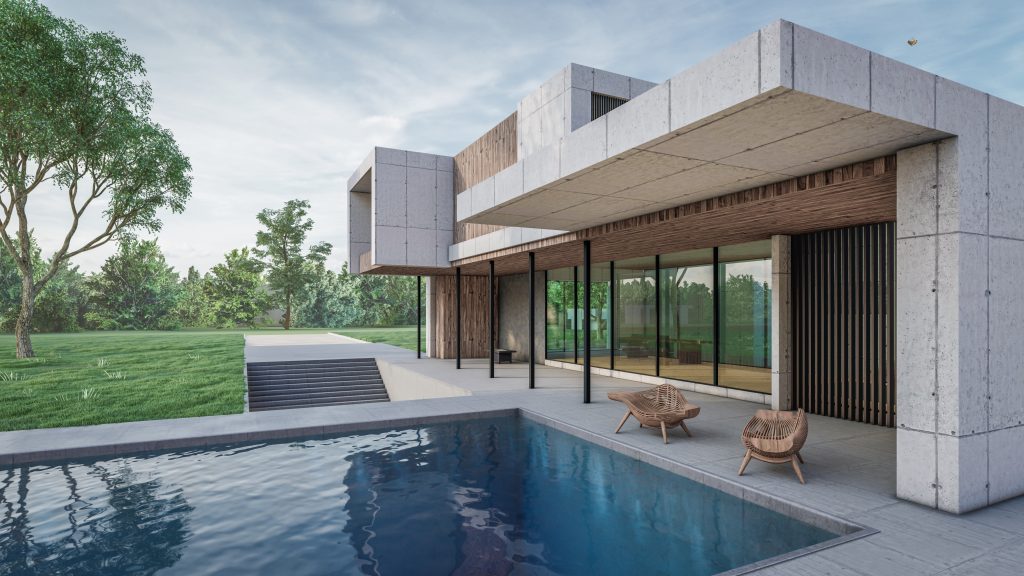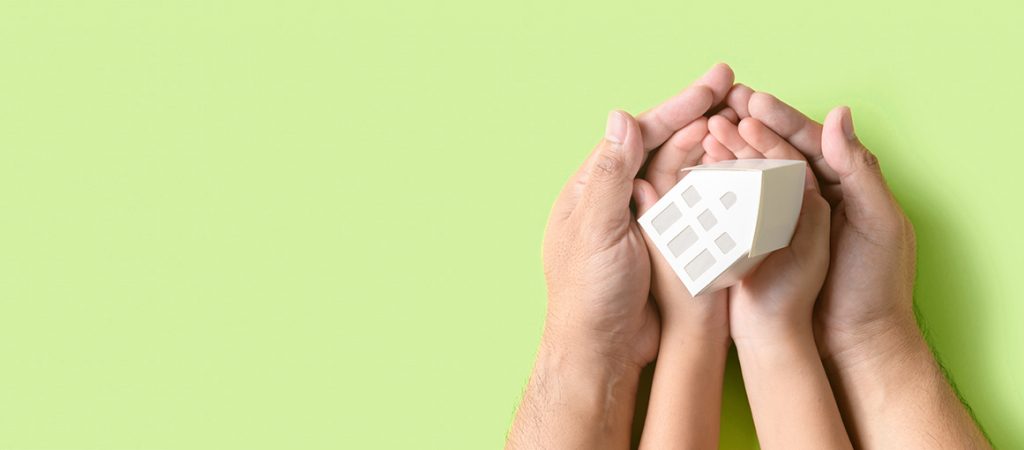Staying on top of the latest green building standards in today’s ever-evolving industry can be tricky. Here’s a quick-reference guide of the model codes and rating systems used in green certification standards.
Green codes
A number of authorities having jurisdiction (AHJs) have adopted model green building codes as part of their code requirements. One state has adopted a green code as part of its building code. What’s the difference and what does it mean? Let’s break it down the following codes:
CALGreen
CALGreen is the first-in-the-nation mandatory green building standards code. Its purpose is to improve wellness and public health through encouraging sustainable practices in construction and design, and reducing negative impacts on the environment. In 2007, the California Building Standards Commission developed green building standards to meet the goals of establishing a comprehensive, cost-effective program to reduce greenhouse gases (GHG). The standards specifically focused on are planning, design, energy efficiency, water usage, material conservation, and environmental quality. The code applies to residential and non-residential and has mandatory requirements and tiered non-mandatory requirements.
The International Green Construction Code
The IgCC is a model green building overlay code that contains minimum requirements to design and build buildings that are sustainable, resilient, and high-performing for both occupants and the environment. It’s important to note that this code is not intended to replace existing health and safety construction codes, but rather to overlay AHJs existing codes. Multiple AHJs currently use the IgCC in their code, including the cities of: Washington D.C., Denver, and Dallas. Other states and AHJs utilize the IgCC to show compliance with funding or building requirements. 2018 is the latest version and the technical requirements within the IgCC are actually taken from ASHRAE 189.1 (see next entry).
Standard for the Design of High-Performance Green Buildings Except Low-Rise Residential Buildings
ASHRAE Standard is a model green building overlay code that sets requirements for building and building sites’ environmental impacts. It sets the standards for what a high-performance green building looks like and contains numerous measures around energy saving, indoor environmental quality (IEQ) site sustainability, and water usage. In Canada and the United States, ASHRAE 189.1 becomes the technical requirements of the IgCC (see above), but throughout the rest of the world ASHRAE 189.1 is a standalone document. The U.S. Army implements numerous portions of ASHRAE 189.1 in its building requirements and it is used for compliance in the areas that utilize the IgCC in their local code.
Voluntary rating and certification systems
Codes are mandatory, but there are also many voluntary rating and certification systems, which can be implemented to achieve green building standards around the world. Although they’re not required, these standards promote sustainability and are legitimate measurements for anyone interested in green building.
USGBC’s Leadership in Energy and Environment Design
LEED is a series of rating systems aimed at increasing the environmental and health performance of buildings’ sites and structures. LEED covers the design, construction, and operations of all buildings. This system refers to all types of buildings, as well as new construction, interior design, existing buildings, and additions.
The LEED system awards projects points for a positive environmental impact based on a 100-point scale with four levels of certification: certified, silver, gold, or platinum. Certain credits are weighted more depending on region-specific environmental demands. Also, a third-party certification is required. The latest in-use versions are v4 and v4.1 and are utilized by the U.S. federal government to meet building requirements.
NAHB National Green Building Standard/ICC 700
The NAHB National Green Building Standard system aims to encourage green building and living within residential communities. It refers to residential spaces not being used for institutional purposes and mixed-use buildings. The standard addresses site sustainability, energy and water efficiency, use of resources, IEQ, and operational efficiency. It allows for an above-code sustainable program to design and construct homes, multi-unit residential and mixed-use buildings to combat climate change.
There are four certification levels within this system specifically for homes: bronze, silver, gold, and emerald. A third-party verifier inspects the project at different stages and assigns points based on the level of performance or construction goals your project has met. The latest version in use is 2020.
Green Building Initiatives Green Globes
Green Globes provides third-party assessment and certification on a building’s environmentally-conscious features. The certification program has four levels (one globe to four globes) that can be achieved based on a threshold of 1,000 points. While there are no minimum criteria, the building is assessed based on the building practices the builder has chosen to include. The latest version in use is from 2019 and is utilized by the U.S. federal government to evaluate green building requirements.
This voluntary standard refers to all buildings (commercial, core and shell, multi-use, existing buildings, and multi-family), except for residential. Similar to other rating systems, this standard focuses on sustainability and efficiency by addressing issues such as site sustainability, resource allocation, and operational efficiency. It can be applied to new construction, additions, alterations, and existing buildings.
International Living Building Institutes Living Building Challenge
The Living Building Challenge is a standard and mission for all who aim to create buildings that “give more than they take in the form of “living buildings.” Buildings that are compliant with the Living Building Challenge can be regenerative and self-sufficient. It focuses on high-level, advanced measures that make the built environment richer, while decreasing the stress on resources and the climate. There are four different types of project scopes: new buildings, existing buildings, interior, and landscape.
In order to receive certification, a project has to meet requirements of seven different “petals,” or categories: place, water, energy, health and happiness, materials, equity, and beauty. Each petal has sub-categories called “imperatives,” which vary on levels of requirement to achieve certification. The assessment process includes a review of written elements and a visit by an independent auditor. It is possible to receive partial recognition in only a few categories if select requirements have been met. The main difference between this rating system and others is that compliance is based on actual, running projects, rather than anticipated ones. This requires projects to be operational for at least 12 months prior to audit for compliance. The latest version in use is v4.
Other certifications
There are numerous other programs utilized around the globe that focus on sustainable building as well, including but not limited to:
In addition, there are some systems that focus exclusively on human health and wellness, such as:
Green building today for a brighter tomorrow
Whether code-mandated or third-party verified through rating systems, green building practices and recognition are used to address the urgency for climate action through sustainable building. Taking the steps to ensure sustainability and green standards in your projects today will pay off for the building’s longevity and profit, along with tenants’ productivity, and community impact. Utilize green practices and codes to create buildings that foster a resilient environment.


